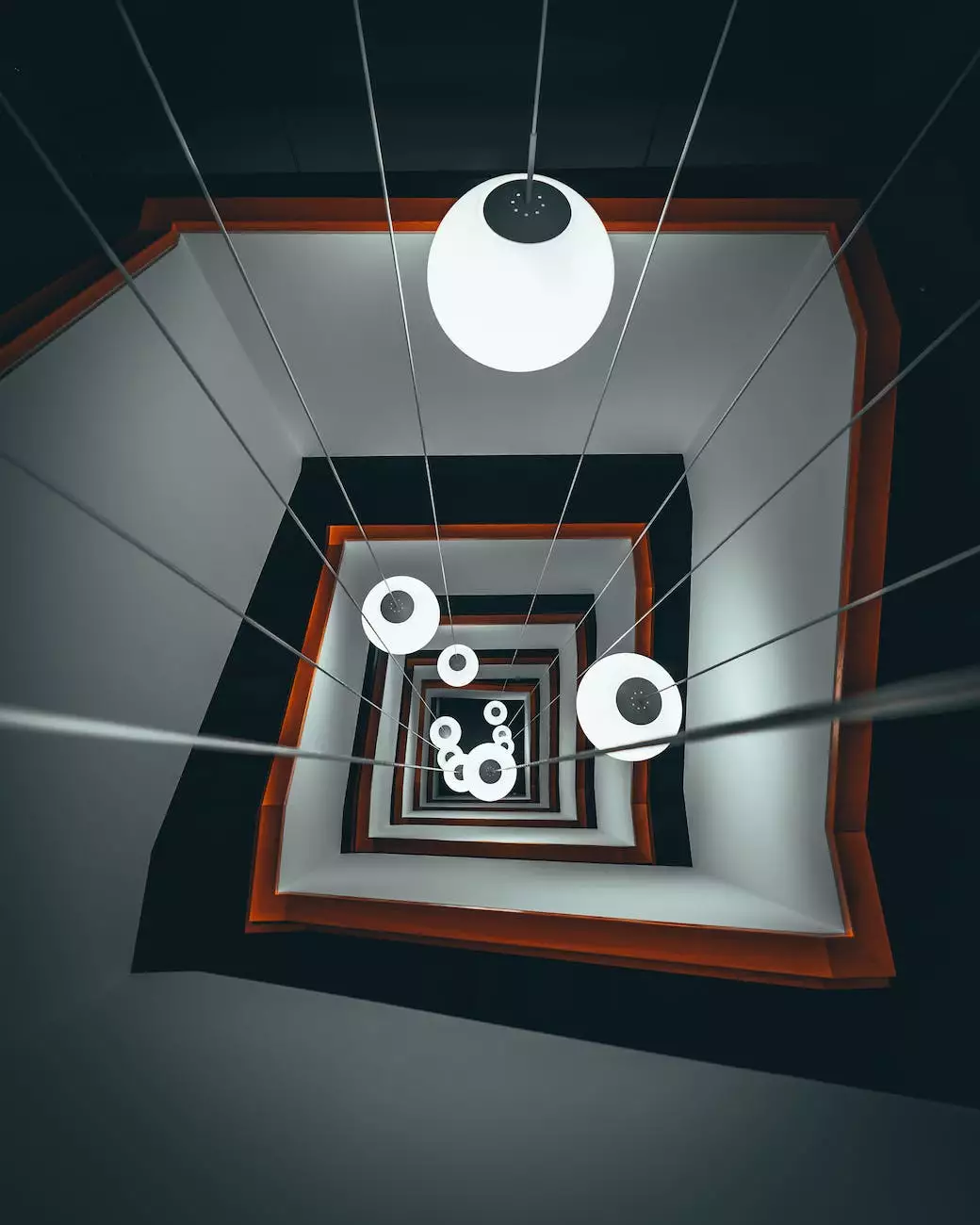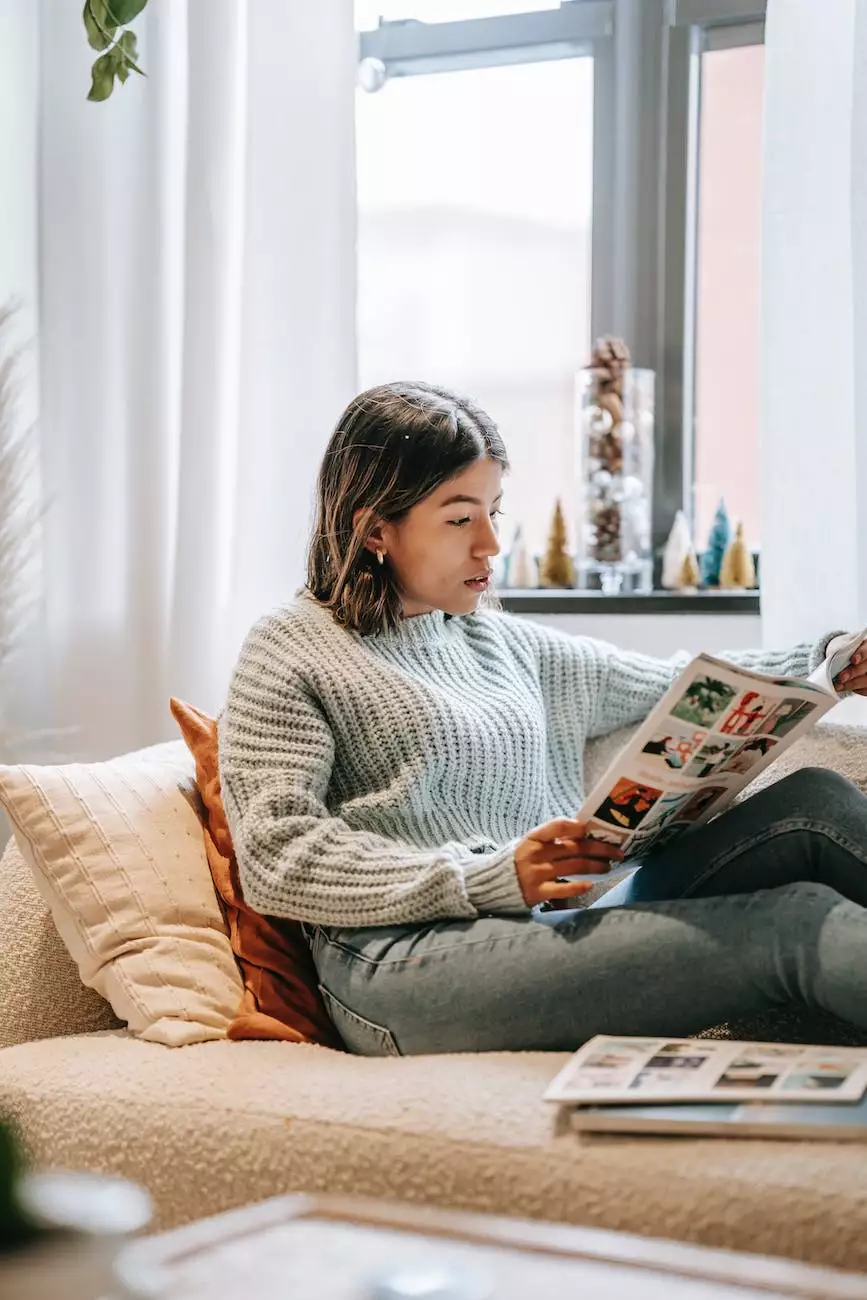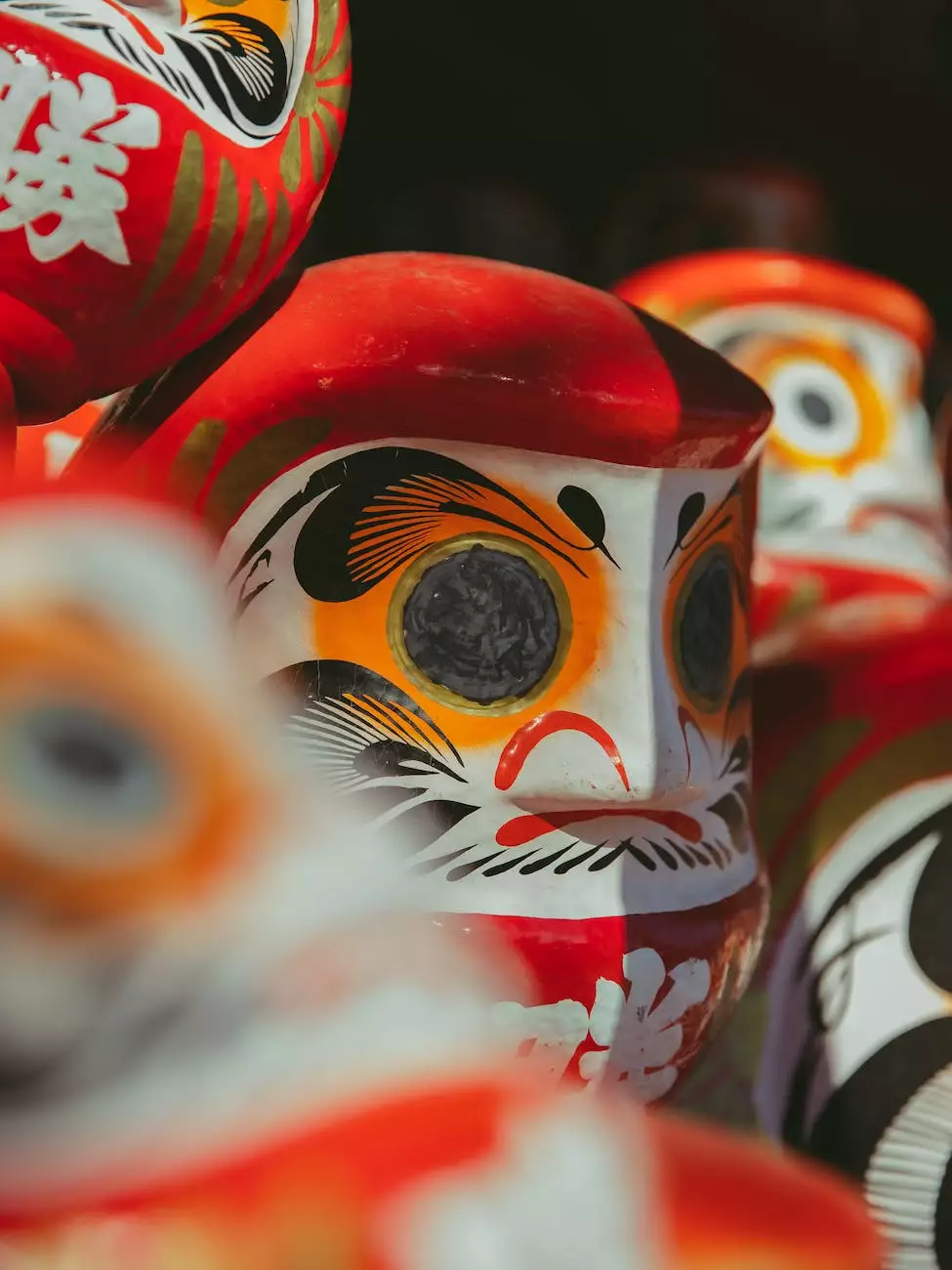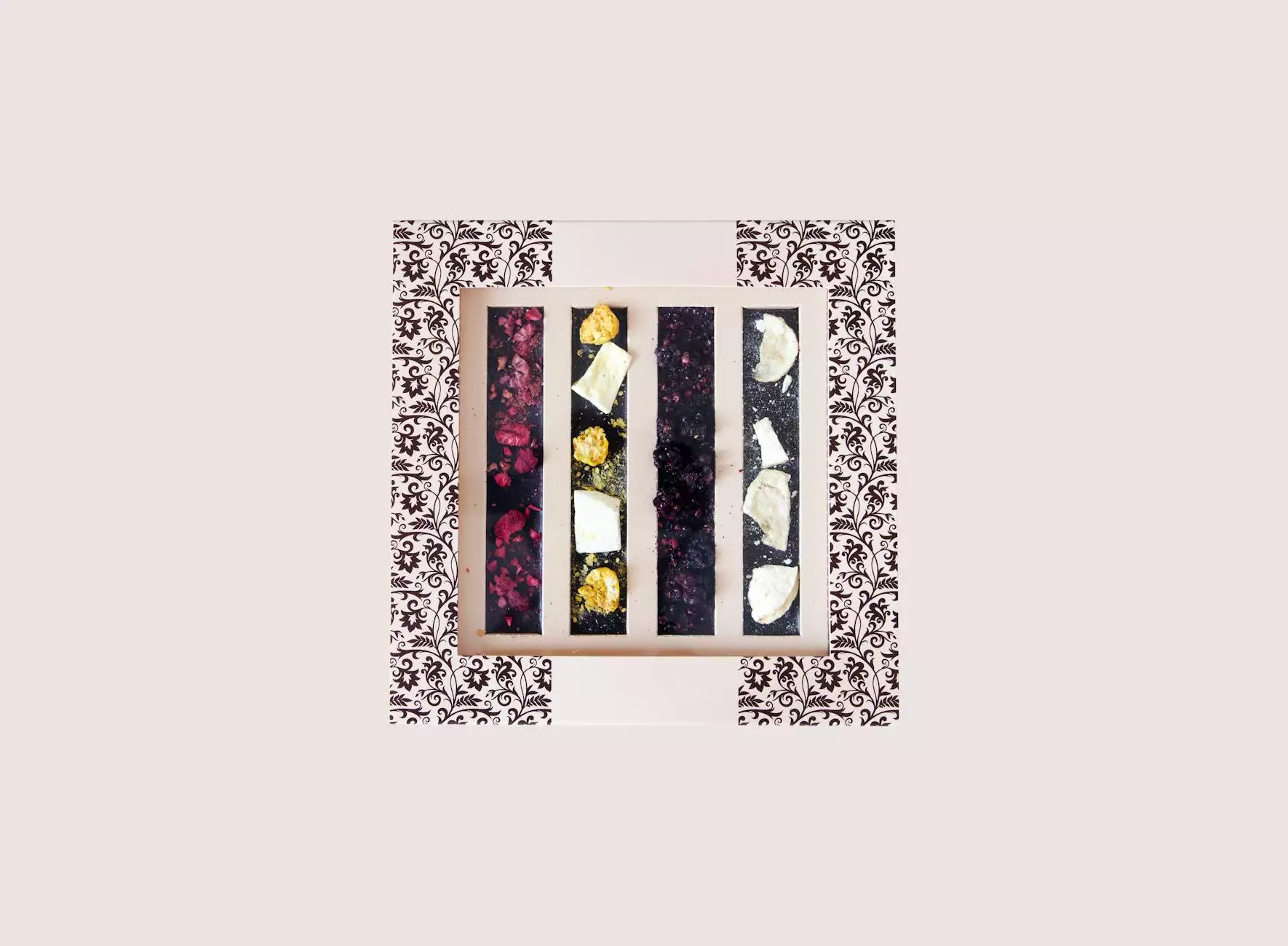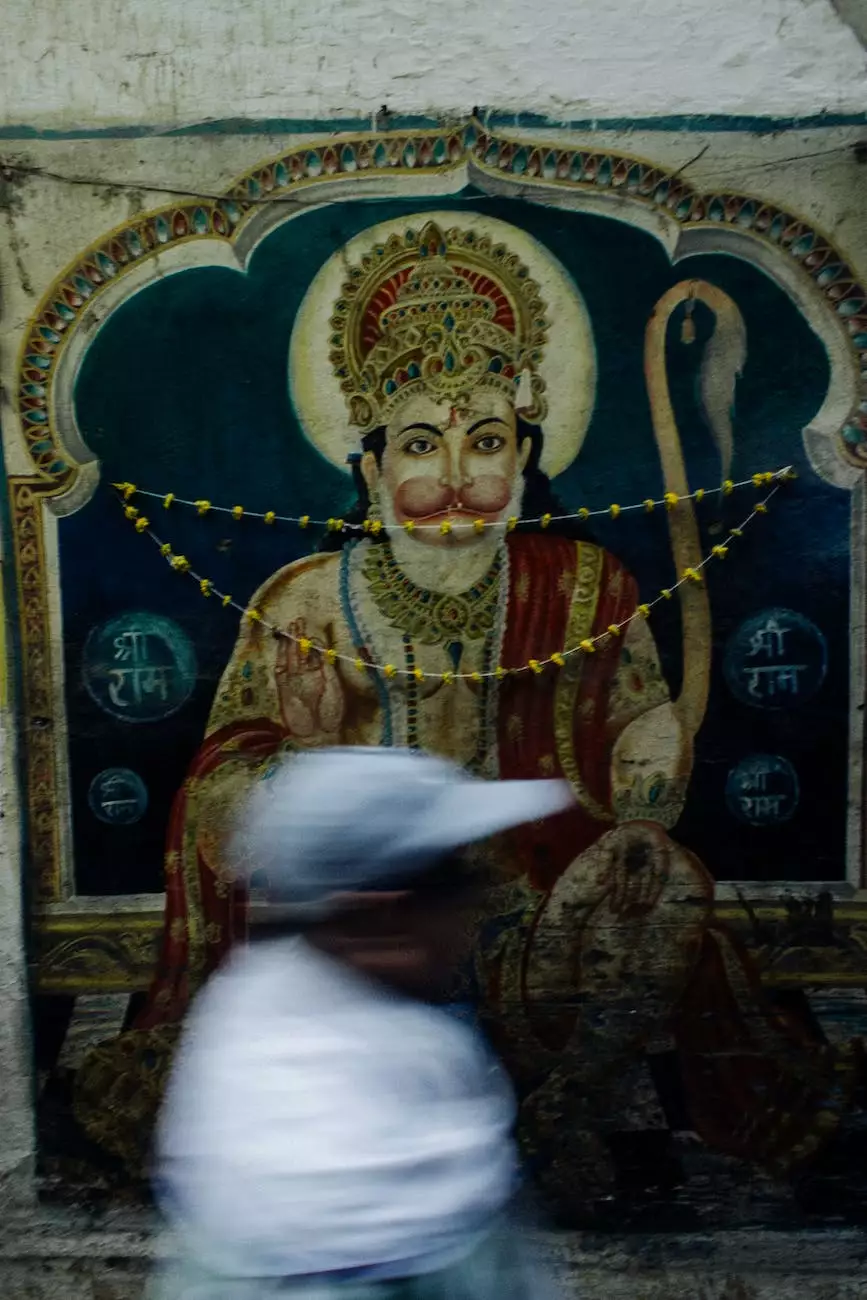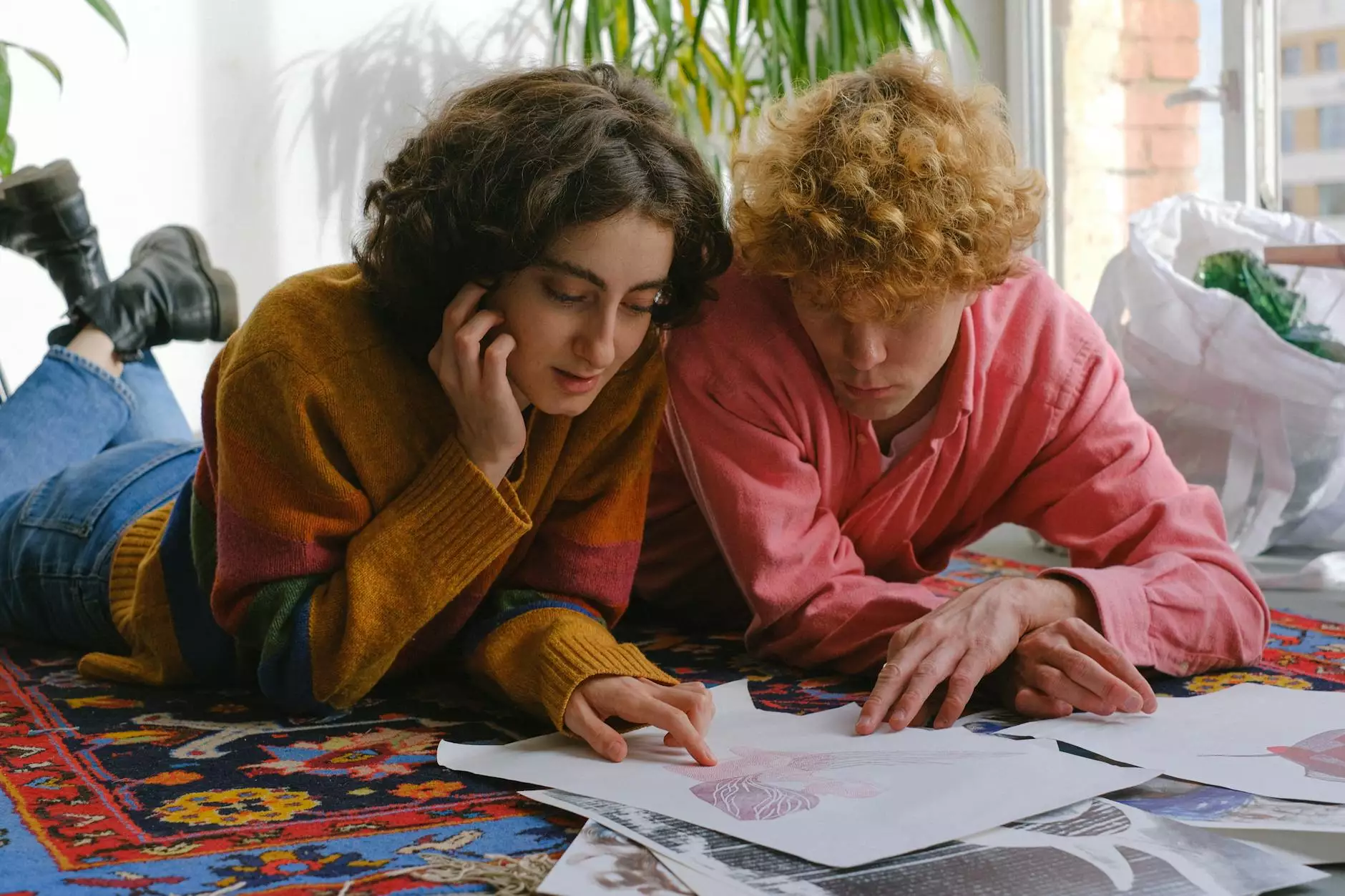Best Hack For Choosing A Color Palette
Web Design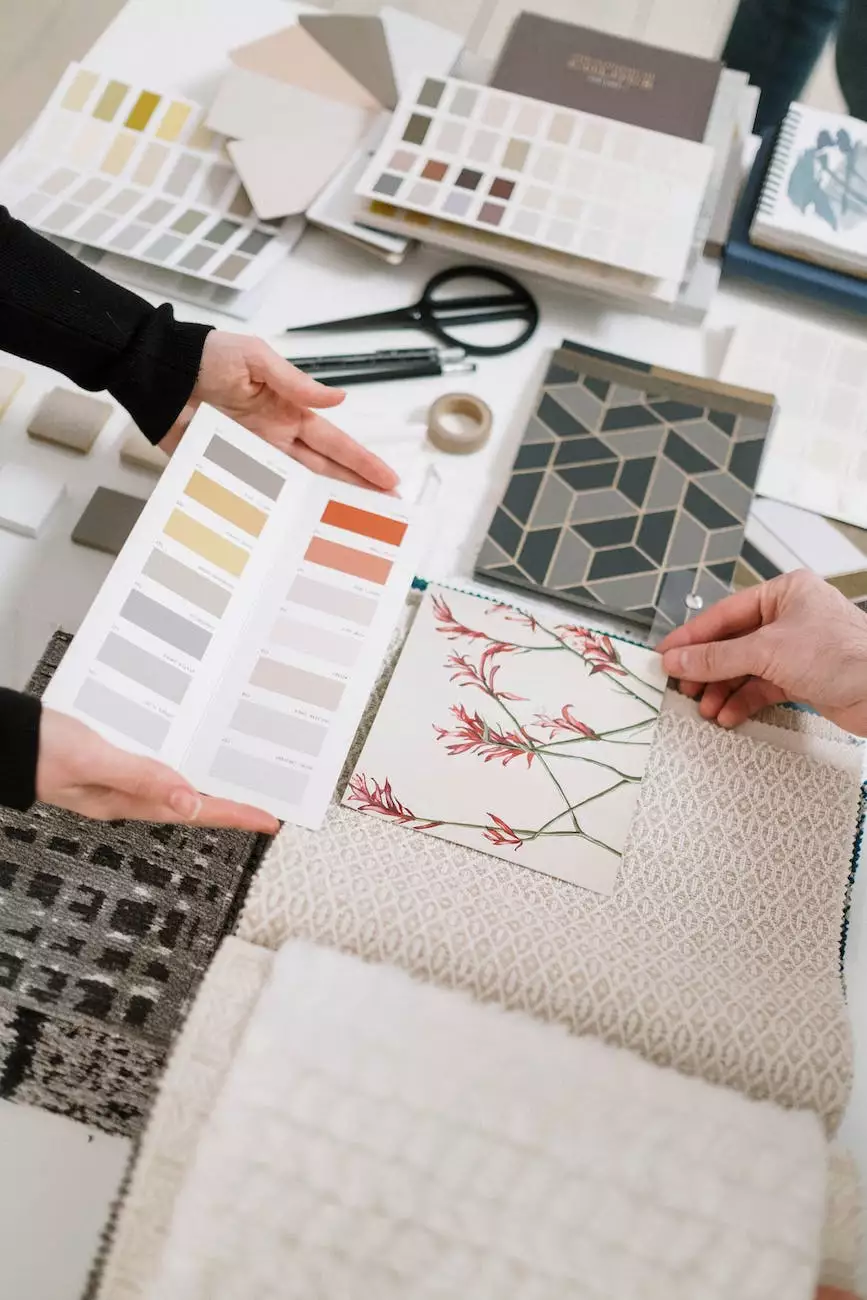
Introduction
Welcome to Divine Creations, your go-to destination for all your Arts & Entertainment needs. In this article, we will share the best hack for choosing a color palette that will elevate your projects and help you create visually stunning masterpieces. Color selection plays a vital role in capturing attention and evoking emotions, so let's dive right in and explore the strategies that will set you apart from the competition.
Understanding Color Theory
Before we delve into the best hack for choosing a color palette, it's important to have a solid understanding of color theory. Colors have the power to communicate messages, symbolize emotions, and create specific moods. The color wheel, comprised of primary, secondary, and tertiary colors, forms the foundation of color theory.
Primary Colors
Primary colors, including red, blue, and yellow, are the base colors that cannot be created by mixing other colors together. They form the building blocks for all other colors on the color wheel.
Secondary Colors
Secondary colors, such as orange, green, and purple, are created by mixing equal parts of two primary colors. They lie between the primary colors they are created from on the color wheel.
Tertiary Colors
Tertiary colors are formed by mixing a primary color with a secondary color adjacent to it on the color wheel. They offer a vast range of hues and shades to choose from.
The Best Hack For Choosing A Color Palette
Now that we have a solid foundation in color theory, let's explore the best hack for choosing a color palette. The secret lies in understanding the concept of color harmony. Color harmony refers to the pleasing arrangement of colors in a design that creates a sense of balance and visual appeal.
1. Complementary Color Scheme
A complementary color scheme involves using colors that are opposite each other on the color wheel. This scheme creates maximum contrast and is perfect for making certain elements stand out. For instance, pairing blue with orange or red with green can create a visually striking composition.
2. Analogous Color Scheme
An analogous color scheme involves using colors that are adjacent to each other on the color wheel. This scheme offers a harmonious and calming effect. For example, combining shades of blue and green can create a tranquil and serene atmosphere.
3. Monochromatic Color Scheme
A monochromatic color scheme involves using different shades and tints of a single color. This scheme offers a sophisticated and elegant feel, as it relies on variations of one base color. Experimenting with light and dark shades of blue, for instance, can add depth and dimension to your design.
4. Tetradic Color Scheme
A tetradic color scheme involves using four colors that are evenly spaced around the color wheel. This scheme provides a wide range of possibilities and allows for creative combinations. Be cautious not to overpower your design, as using too many vibrant colors can be overwhelming.
Implementing Your Color Palette
Now that you have a solid understanding of different color schemes, it's time to implement your selected color palette in your Arts & Entertainment projects. Here are some practical tips:
1. Research and Inspiration
Take the time to research current trends and gather inspiration from various sources, such as art galleries, nature, or fashion. Look for color combinations that resonate with your project's theme and purpose.
2. Consider Psychological Impact
Colors have a psychological impact on individuals. For example, red can evoke passion and excitement, while green signifies growth and harmony. Consider the emotions and messages you want to convey through your color palette.
3. Test and Refine
Experiment with different color combinations and test their impact on your target audience. Observe how colors interact with each other and fine-tune your palette until you achieve the desired effect.
4. Consistency is Key
It's important to maintain consistency across all your branding elements. Use your chosen color palette consistently in your logo, website, marketing materials, and other visual assets. This creates a cohesive and memorable brand identity.
Conclusion
Congratulations! You now have the best hack for choosing a color palette that will help you elevate your Arts & Entertainment projects. Understanding color theory and implementing the right color schemes will differentiate your work and captivate your audience. Remember to stay inspired, experiment, and maintain consistency. With Divine Creations by your side, you have all the tools necessary to stand out from the competition. Start creating visually stunning masterpieces today!

